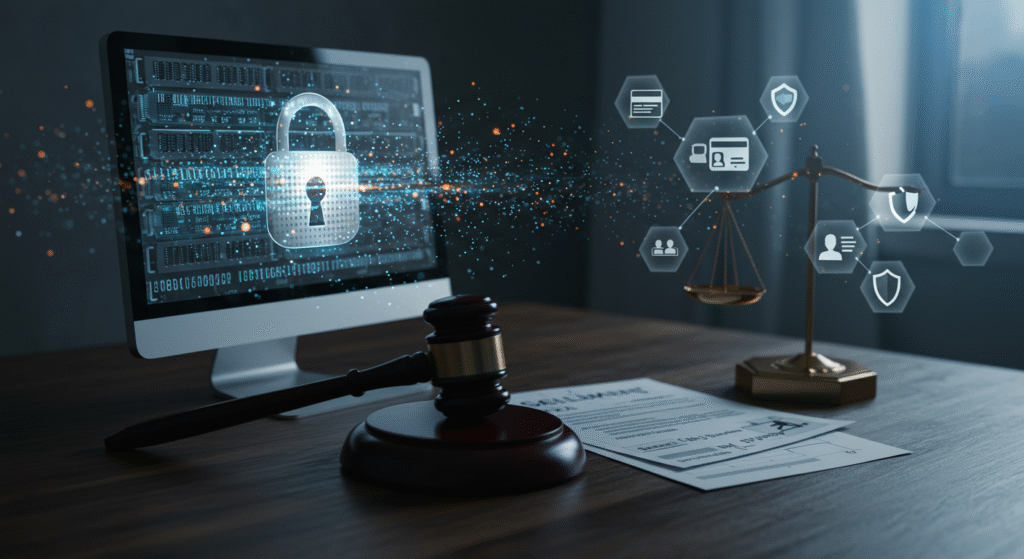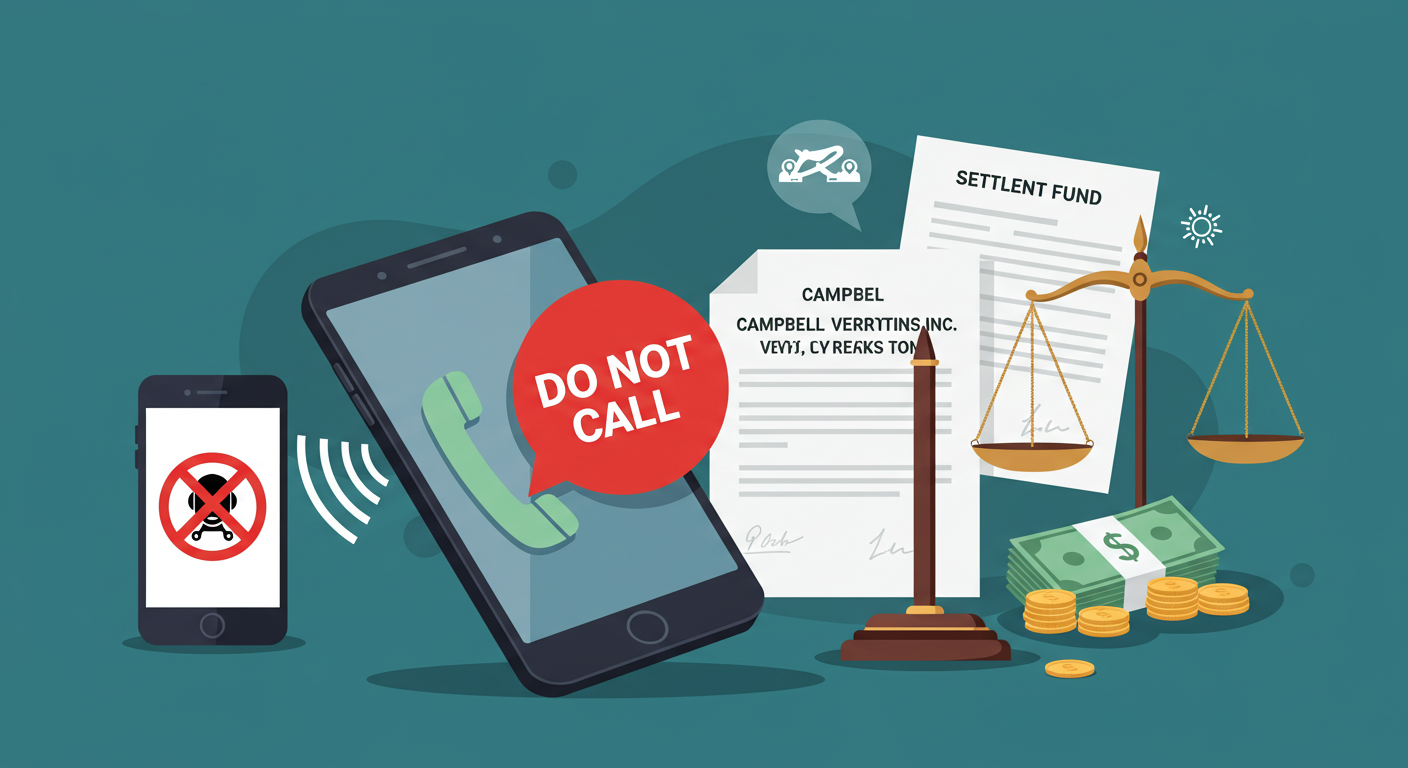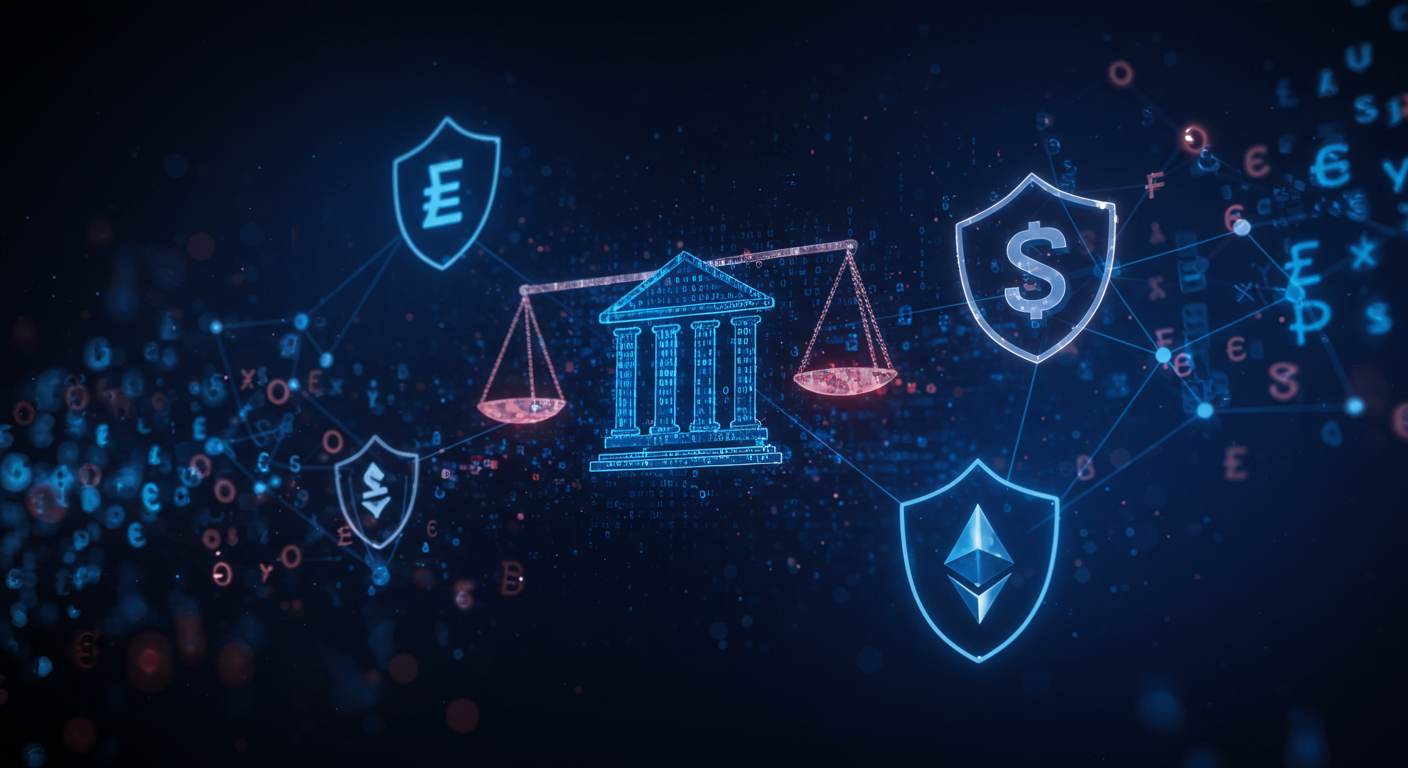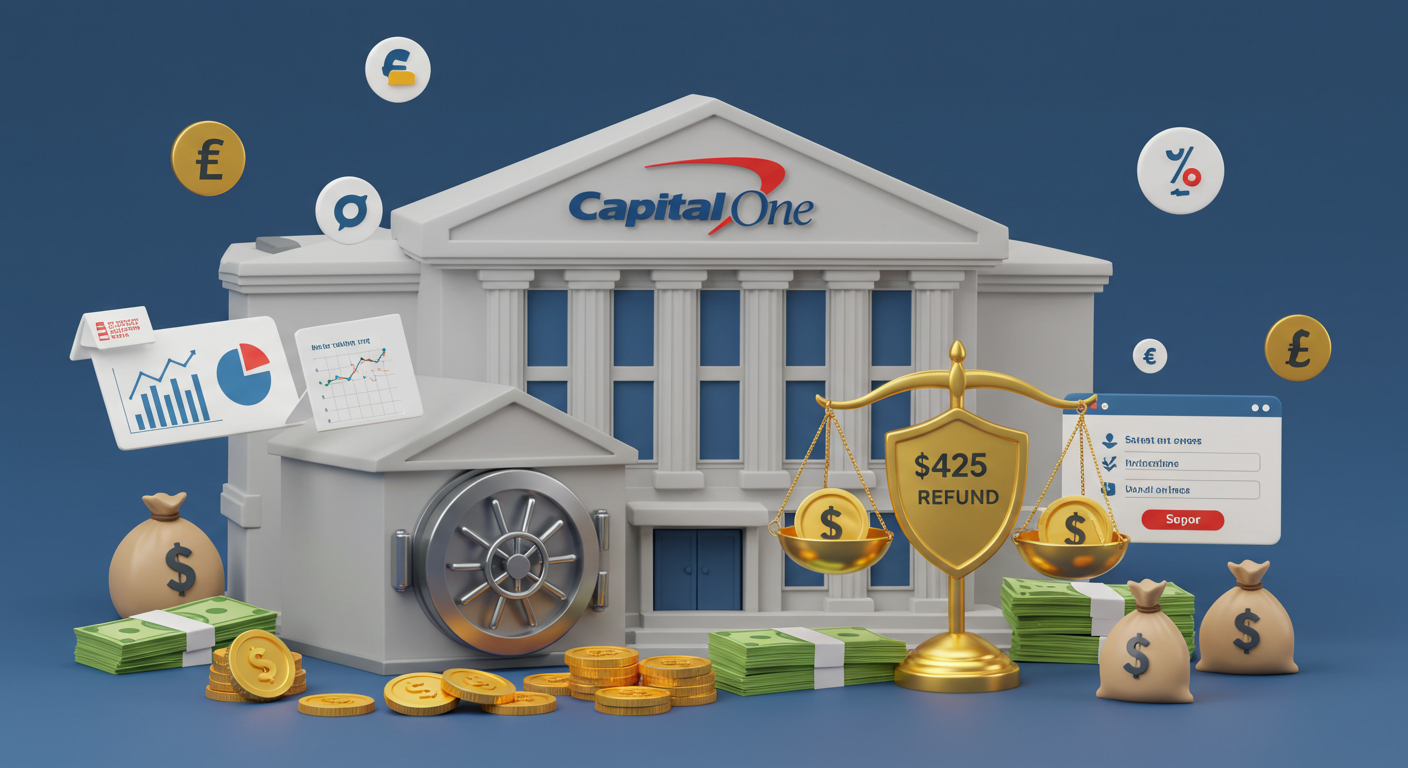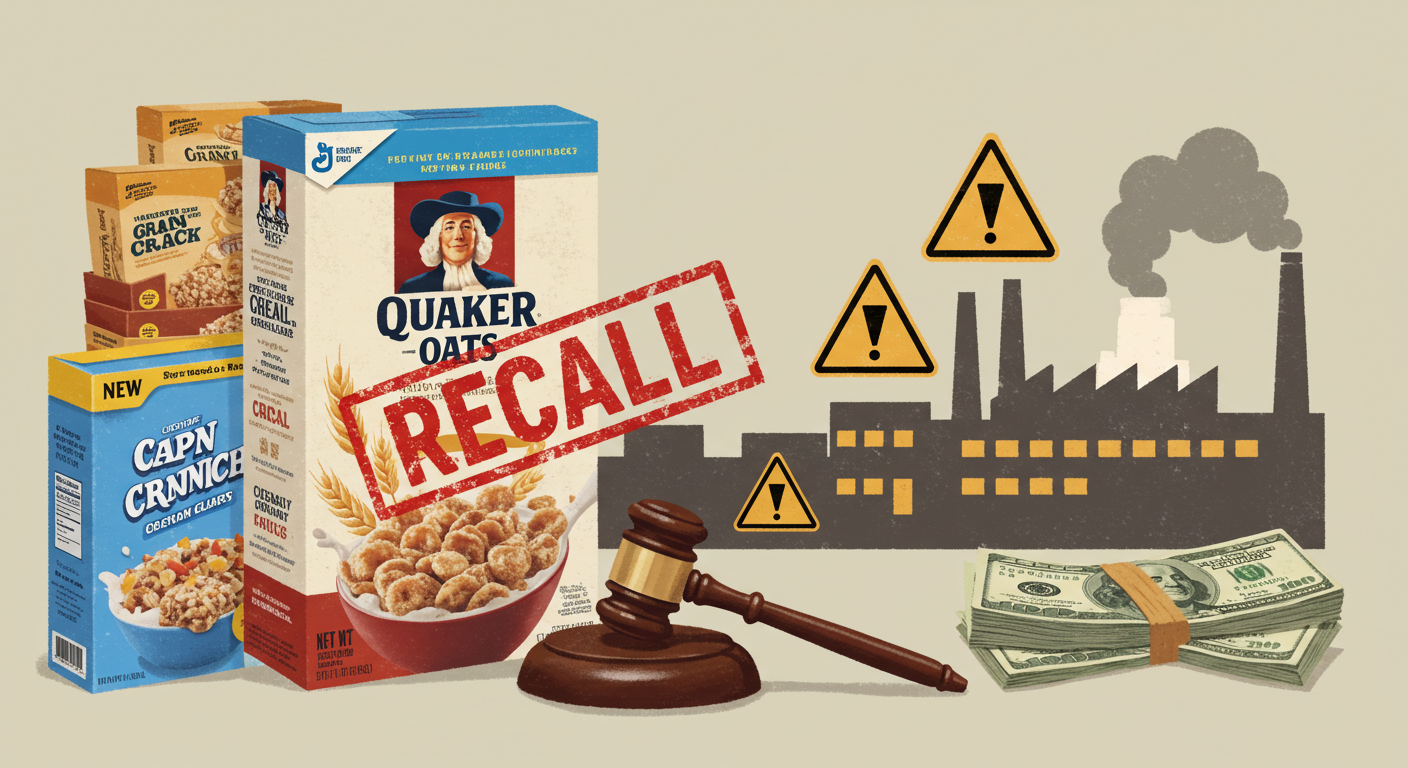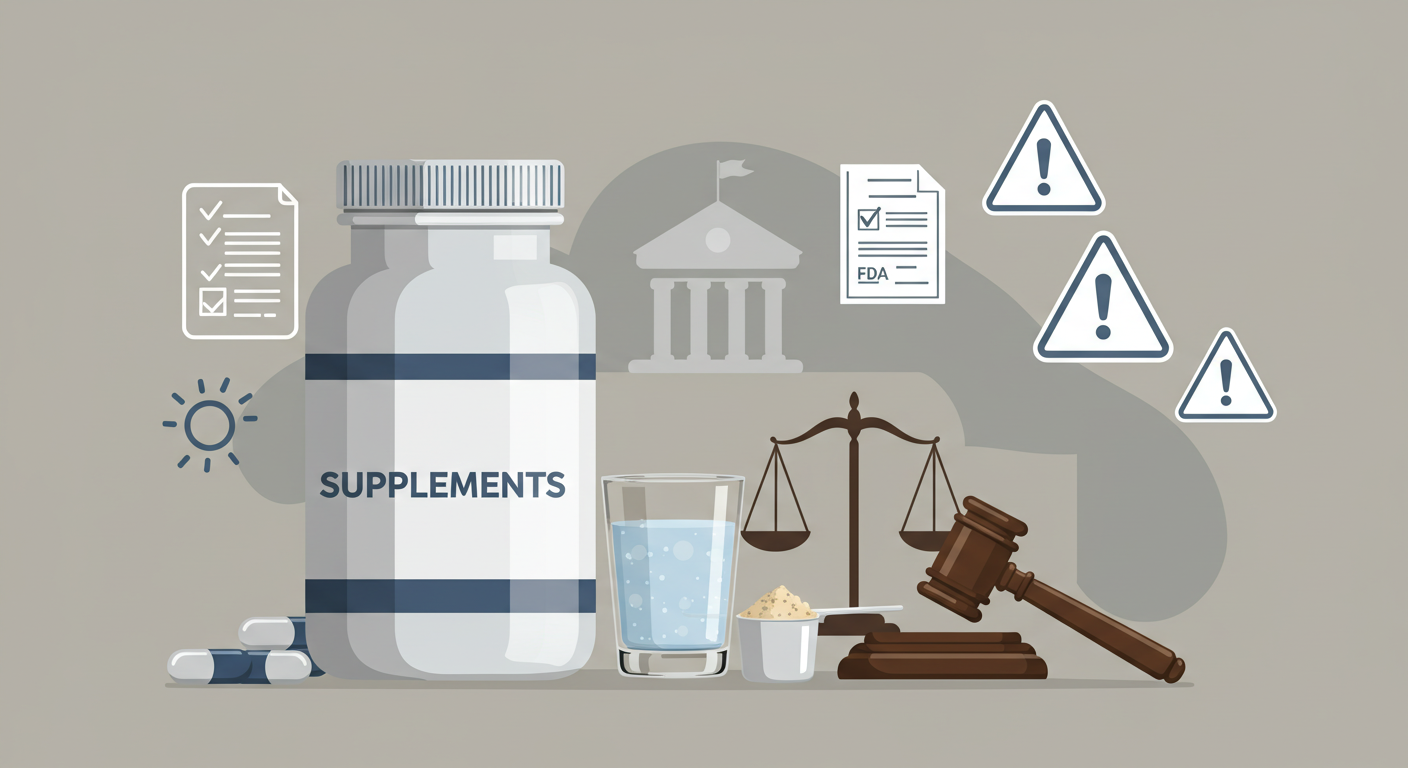Hi, I’m Orland Howell. I’ve spent four years writing about lawsuit settlements, especially data breaches, in a way that’s easy to understand. My job is to help you know your rights. This article explains the Sur La Table data breach Settlement, how the settlement worked, and how to protect yourself. I used official court papers and reliable sources to keep it accurate. Let’s start.
What Happened in the Sur La Table Data Breach?
In 2023, Sur La Table, a store that sells kitchen items like pots and pans, had a big problem. Hackers got into their computers between March 15 and March 25, 2023. They stole personal information from about 40,646 people, including workers and some shoppers. The stolen information included names, Social Security numbers, driver’s license numbers, birth dates, health insurance details, and medical records. Thieves could use this to steal identities or commit fraud.
On May 11, 2023, Sur La Table saw something strange in their systems. They hired experts to check it out. On May 24, 2023, they mailed letters to warn people about the breach. The company tried to stop the hackers, but the information was already taken. Nobody wanted their personal details misused.
I’ve studied many data breach cases, and I know this was scary. People worried about fake bank charges or medical mistakes. The good news? A lawsuit helped eligible people receive money back.
How Did the Lawsuit Start?
When a company didn’t protect your information, you might have felt mad or worried. That’s why people started a class action lawsuit. This let many victims team up with lawyers to fight for fairness.
The lawsuit was called Brian Baker et al. v. SLT Lending SPV, Inc. d/b/a Sur La Table. SLT Lending SPV owned Sur La Table. People like Brian Baker said the company didn’t keep their data safe. They said Sur La Table had weak security, like old systems or not watching closely, which let hackers in easily.
The lawsuit said Sur La Table knew about cyber dangers but didn’t fix them. This put everyone’s information at risk. Several lawsuits joined together into one big case in federal court.
I’ve covered many settlements, and companies often settled to avoid long court fights or bad news. Sur La Table didn’t say they were wrong but paid to settle. This happened a lot in data breach cases.
What Was the Settlement About?
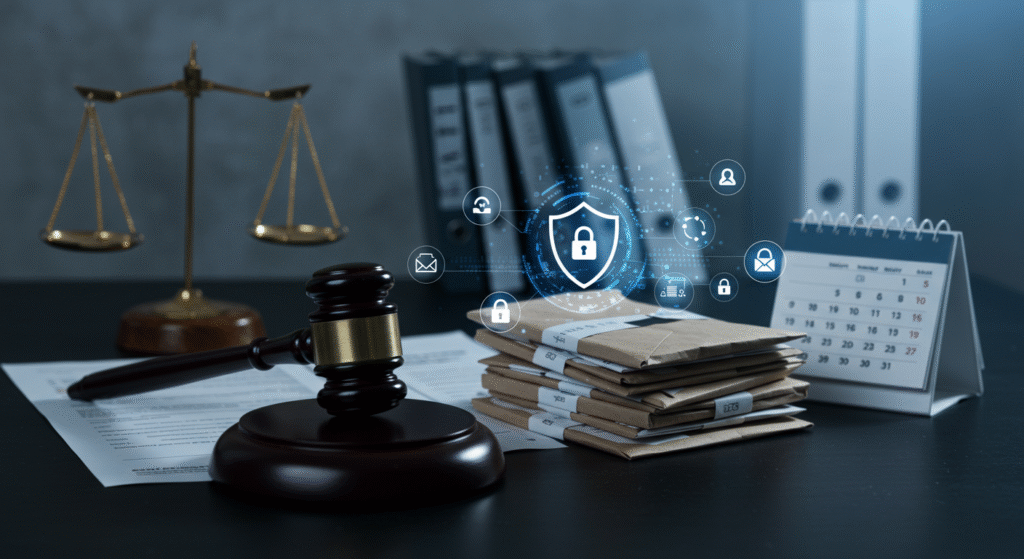
After months of talks, Sur La Table agreed to pay $550,000. This money covered lawyer fees, costs to run the settlement, and payments to victims. The court approved it in April 2025, with a final okay later.
Who could get money? Anyone who got a letter from Sur La Table around May 24, 2023. This was about 40,646 people, mostly workers but also some shoppers. You needed a special ID from the letter to claim money.
People in California got extra money because of state privacy laws. The last day to file claims was July 7, 2025. No claims were taken after that. Payments started after a court meeting on August 27, 2025.
How Much Money Did People Get?
The settlement gave up to $4,000 per person, but it depended on what you lost. Payments were for real problems caused by the breach.
Here’s how it worked:
- Money You Lost: You could get up to $4,000 for things like credit freeze fees ($10–$50), identity theft services, or lost work time fixing issues. For example, if fraud cost you $500, you could claim that with receipts. You could also claim time spent at $25 per hour.
- Shared Cash Payment: If you had no big losses, you could get a share of leftover money. After paying bigger claims and costs, the rest was split evenly. Most people got $50–$200, depending on how many claimed.
- California Extra: People in California could get an extra $100 because of a state law called CCPA, added to other payments.
Not many got the full $4,000, as it needed proof of big losses. But even small payments helped. The website SLTDataSettlement.com handled everything.
I’ve seen this in cases like Equifax. Big payout numbers got attention, but you needed proof to get money.
How Did People File a Claim?
The claim deadline was July 7, 2025, but knowing the steps can help for future breaches. Here’s what people did:
- Check If You Qualified: If you got the May 2023 letter, you could claim. No letter? You could check the settlement website with your name.
- Collect Proof: You gathered receipts for costs, bank statements showing fraud, or notes on time spent fixing problems.
- Go to the Website: You visited SLTDataSettlement.com and used your special ID and code from the letter.
- Fill Out the Form: You picked your claim type (losses or shared cash), uploaded proof, and said it was true.
- Send by Deadline: You filed online or mailed by July 7, 2025, to: SLT Data Incident Settlement, c/o Settlement Administrator, 1650 Arch Street, Suite 2210, Philadelphia, PA 19103.
- Wait for Money: Payments came by check or bank deposit weeks or months after approval.
People could call 1-855-511-4099 for help. If you missed the deadline, a lawyer might have helped—sometimes late claims were okay with a good reason.
What If You Didn’t File?
The claim period ended July 7, 2025. If you could have claimed but didn’t, you had few options. The settlement applied to all class members, so you couldn’t sue on your own. But you could have:
- Checked the settlement website for updates. Some late claims were allowed with a good excuse.
- Talked to lawyers like Milberg Coleman Bryson Phillips Grossman PLLC for help.
- Looked for appeals. The final court meeting on August 27, 2025, had no big problems reported.
Missing the deadline was tough, but settlements like this helped people who might not have gotten anything otherwise.
Easy Ways to Stay Safe After a Data Breach
Data breaches were scary, but you could protect yourself. Here are simple tips from my four years of experience:
- Freeze Your Credit: Called Equifax, Experian, and TransUnion to lock your credit for free. This stopped thieves from opening accounts.
- Check Your Accounts: Looked at bank and credit card statements every week. Used free tools like Credit Karma.
- Get Alerts: Signed up for identity theft protection. The settlement gave two years free to claimants.
- Change Passwords: Updated passwords, especially for accounts tied to Sur La Table.
- Shred Papers: Tore up old bills or papers with personal details.
I’ve shared these tips in many cases. Acting fast kept you safer.
Why Did Retail Stores Have Data Breaches?
Stores like Sur La Table kept lots of information: addresses for shipping, card numbers for buying, and emails for ads. Hackers wanted this. In 2023, breaches cost companies $4.45 million on average. Why did they happen?
- Old software had problems hackers used.
- Not enough workers watched the systems.
- Partners like vendors had weak security, letting hackers in.
Sur La Table promised better security after the settlement. Experts said all stores needed better protection, like secure coding and worker training. This case showed stores had to work harder to keep your data safe. When shopping, you could use guest checkouts or one-time card numbers.
What’s Happening with Data Breach Settlements?
Data breaches grew. In 2024, over 3,200 breaches hit U.S. companies. Settlements helped pay victims. Here are some examples:
| Case | Year | Settlement Amount | Max Payout |
|---|---|---|---|
| Equifax | 2017 | $425 million | $20,000+ |
| Capital One | 2019 | $190 million | $11,000 |
| T-Mobile | 2021 | $350 million | $25,000 |
| Sur La Table | 2023 | $550,000 | $4,000 |
Settlements pushed companies to do better. Laws like California’s CCPA fined companies for bad security. As an expert, I saw people get money faster and better protection over time.
What We Learned from Sur La Table
For companies: Spending on security could have saved $550,000.
For you: Knowing your rights was important. Breach letters weren’t junk—they were your chance to act.
This settlement ended a tough time, but staying careful was key.
Conclusion: Fairness Won, Stay Careful
The Sur La Table data breach hurt many, but the $550,000 settlement helped. Some people got up to $4,000, and everyone could get free credit monitoring. Claims stopped on July 7, 2025, but the lesson stayed: keep your information safe. If you had a data breach, you weren’t alone. Filing claims, talking to experts, and watching out helped you stay in control.
Disclaimer: This article shared general information about the Sur La Table data breach settlement using public records and trusted sources. It is not legal advice. People are advised to talk to a lawyer for help with their specific case. The author and publisher are not responsible for actions taken based on this information.
Explore More:
SeaWorld Class Action Lawsuit Settlement: $1.5M Auto-Renew Payout — Who Gets Paid?
Home Again Settlement (2024–25): $3.5M Payouts, Who Qualified & How Claims Were Paid
OneMain Financial FCCPA Settlement — Who Got Paid, How Much, and What Happened After Deadline

Orland Howell is a seasoned content writer with four years of deep expertise in crafting compelling and informative content about lawsuit settlements. With a keen understanding of legal nuances and a talent for translating complex topics into clear, engaging narratives, Orland helps law firms, legal professionals, and clients communicate effectively. His work spans blog posts, articles, whitepapers, and website content, all designed to educate, inform, and drive results. Passionate about empowering audiences with knowledge, Orland combines precision, creativity, and industry insight to deliver content that resonates and builds trust.
